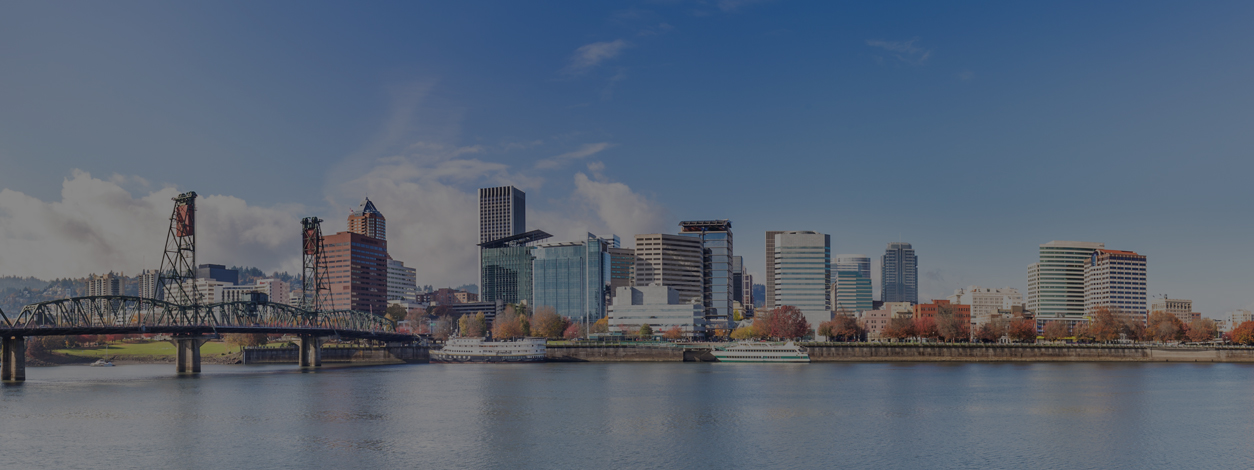Oregon Infrastructure Overview
Oregon’s infrastructure plays a critical role in the lives of its residents, from providing clean drinking water to ensuring safe travel to work, school, and recreation. With a rich history of innovation, such as implementing the nation’s first gas tax, piloting a road usage charge program, and offering the first interurban electric rail service in the country, Oregon has long been a leader in the realm of infrastructure. However, the state now faces significant challenges that require substantial planning, strong leadership, and adequate financial investment.
In recent years, progress in regulatory frameworks has been notable, particularly for dams and energy systems. Enhanced regulations and safety protocols are paving the way for necessary assessments and investments in resilient infrastructure upgrades. The implementation of Emergency Action Plans for high-hazard dams and new regulations for seismic vulnerability assessments and mitigations in large fuel handling facilities represent significant advancements in ensuring public safety and resilience.
A focused effort on resilient networks has also yielded positive results. Enhancing the seismic resilience of critical infrastructure, such as bridges and drinking water systems, is crucial in preparing for potential natural disasters, including the anticipated 9.0 magnitude Cascadia Subduction Zone earthquake. New public buildings, especially schools, should be designed to serve as emergency shelters. Investments in renewable energy and the development of the Oregon Energy Security Plan further exemplify the state’s commitment to building a resilient infrastructure network that can withstand future challenges.
However, despite these advancements, the need for sustainable and dedicated funding remains a persistent challenge across all infrastructure categories. While federal and state funding has increased in recent years, current investment levels are insufficient to maintain and upgrade Oregon’s aging infrastructure. Long-term funding mechanisms are essential to address the maintenance backlog, improve infrastructure conditions, and support future growth.
Oregon’s infrastructure systems are experiencing capacity challenges due to a growing population and increasing commercial activities such as the expansion of data centers and high-tech manufacturing. There is a significant opportunity to make resilient infrastructure investments that not only address capacity and condition issues but also meet climate and social goals. For example, integrating renewable energy sources and enhancing local energy resilience can support Oregon’s clean energy and climate goals while providing additional benefits to communities.
The ASCE Report Card provides a snapshot of the current state of Oregon’s infrastructure, offering residents and policymakers a tool to engage in a conversation about where we are and where we want to be. While regulatory advancements and resilience efforts are commendable, securing sustainable funding sources is imperative to elevate Oregon’s infrastructure to meet modern standards and ensure the safety and well-being of its residents.
-
Explore Oregon
- Grades
- State Fact Sheet
- IIJA Grants
Oregon Infrastructure Grades
A: Exceptional, B: Good, C: Mediocre, D: Poor, F: Failing
Each category was evaluated on the basis of capacity, condition, funding, future need, operation and maintenance, public safety, resilience, and innovation


Aviation
Oregon’s 97 airports range from large commercial and cargo service facilities to small rural airstrips. These airports are vital to Oregon’s economic development and to connect people and goods at local, national, and global levels. Oregon’s airports also play an important role in the safety and welfare of residents, businesses, and visitors. Each airport faces unique challenges due to varying topography and the characteristics of the communities they serve. The conditions of most pavements and facilities are Satisfactory to Good, but the current funding mechanisms, particularly for rural and small communities are unlikely to meet long term needs. Additionally, many of Oregon’s airports play a critical role managing wildfires, while coastal airports as well as some airports in the Willamette Valley, face significant resiliency issues in the event of an earthquake or severe flooding.
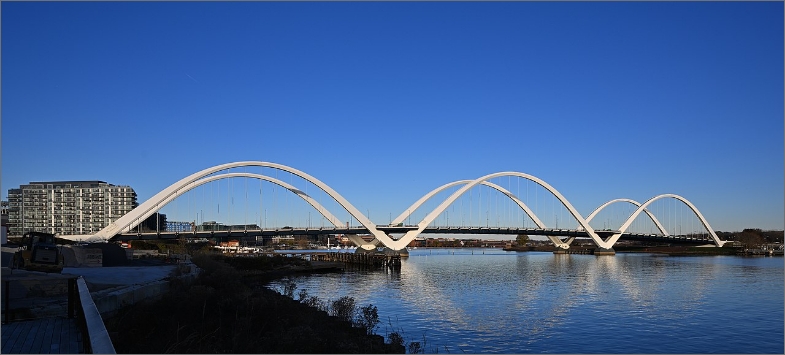

Bridges
Oregon has a total of 8,292 bridges listed in the National Bridge Inventory (NBI). Some 4.8% of these bridges are evaluated as poor, which is below the national average of 6.8%. However, an additional 21.8% of bridges in Oregon are at risk of being categorized as poor in the near future, and the percentage of Oregon’s bridges in good condition (12.9% by deck area) is the lowest among the western states and has remained unchanged since 2019 (2023 ODOT Bridge Condition Report & Tunnel Data). The state bridge program faces significant budget shortfalls due to inflationary pressures and substantially increased costs associated with delivering the Urban Mobility Strategy. Consequently, available funding to address increasing maintenance needs has been nearly eliminated. The 2022 Oregon Transportation Asset Management Plan (2022 ODOT TAMP) estimates the annual investment needed to maintain the system’s current condition is approximately three times larger than the current funding level. This disparity indicates a significant resource gap that needs to be addressed to ensure the long-term structural integrity of Oregon bridges.
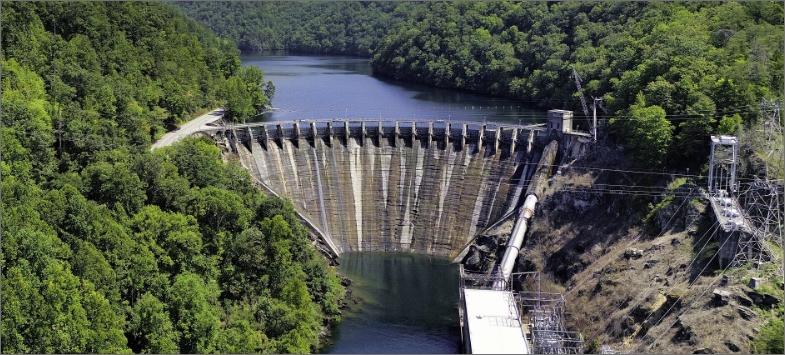

Dams
Dams in Oregon provide flood control, drinking water, irrigation, fish and wildlife protection, recreational areas, hydroelectric power, and other social and economic benefits. Oregon has 889 dams recorded in the National Inventory of Dams, of which 721 are regulated by the state. Over the last decade, Oregon has slightly improved funding for safety regulation of existing dams and implemented Emergency Action Plans for all 76 state-regulated high-hazard dams. However, Oregon dams are aging, and limited funds are being allotted for the maintenance, repair, or replacement of state-regulated private dams. About two-thirds of Oregon’s dams are older than their typical 50-year design life. In the next five years, over 70 percent of these dams will be over 50 years old. Furthermore, Oregon dams remain unprepared for extreme hydrologic and seismic events such as the Cascadia Subduction Zone earthquake.


Drinking Water
Oregon’s drinking water system includes storage and distribution functions, resiliency measures, and filtration processes that help safeguard the public from waterborne pathogens and toxic pollutants. Safety measures have generally performed well, with 99% of regulated public systems and 99.7% of community systems meeting EPA standards – although 192 water quality violations occurred in 2023. Approximately 3,450 public water systems operate throughout the state, but around 400,000 residents rely on private sources that are often overlooked and unmonitored. While most pipes in Oregon were installed in the past 50 years, other system components across the state are at lifespan or are not seismically resilient; replacing them to seismic standards will add costs. New technologies and funding channels are essential, and systems and policies will need to adapt. Ensuring safe and reliable drinking water throughout the state will require $10 billion in further funding.
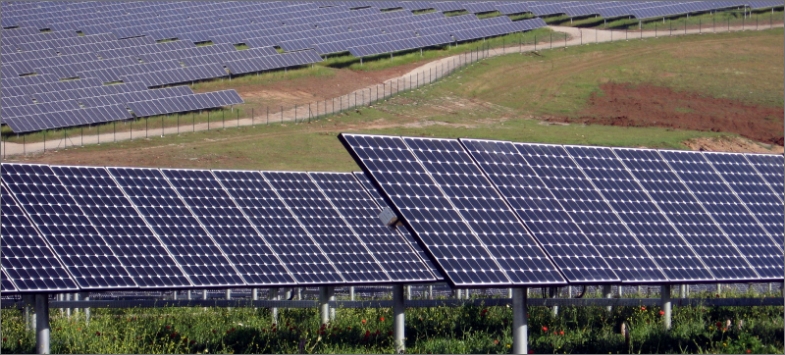

Energy
Oregon benefits from abundant renewable energy resources and ranks among the top five states in terms of renewable energy production. Excellent strides are evident in energy efficiency, renewable energy expansion, reduction of fossil fuel consumption as well as energy sector innovations. While renewable energy infrastructure is generally newer and in good condition, the existing energy grid is aging. Electrical transmission capacity has less reserve capacity than in the past, causing bottlenecks and constraints on the grid. Most petroleum transmission systems and equipment are over 50 years old and storage tanks average around 70 years old. Additionally, a major concern is the ability of the energy network to perform in the instance of a major Cascadia earthquake. Large portions of the energy system would be rendered unusable, as transmission and distribution networks lack redundancy and were not designed to withstand earthquake forces. Efforts to enhance public safety and resilience are underway, including the development of the Oregon Energy Security Plan and implementation of new regulations requiring seismic vulnerability assessments and mitigations for large (>2 million gallons) fuel handling facilities in Multnomah, Columbia, and Lane Counties. These measures aim to mitigate risks from severe weather, climate variability and seismic hazards to ensure a stable and secure energy supply for the future.
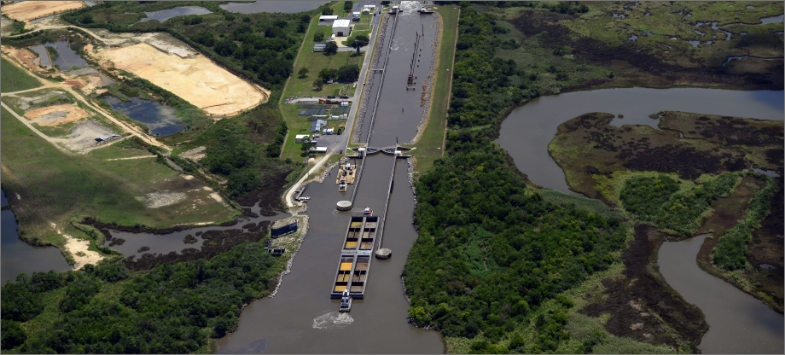

Inland Waterways
Oregon is home to two major waterways– the Columbia and Willamette rivers – that are used to move goods and agricultural products. In addition, there are 12 coastal harbors and waterways for Oregon’s coastal ports that support cargo, commercial fishing, and recreational marinas. In 2021, waterborne commerce via Oregon’s five deep draft ports was 18.6 million tons valued at $13.8 billion. Oregon’s inland waterway network and harbors has sufficient capacity, and is in adequate condition to accommodate current cargo and vessel movements. Current funding has maintained the status quo and partially addressed the repair of the deteriorating jetties, locks, and pile dike structures in recent years. However, there is still significant aging infrastructure in need of repair or upgrades. For instance, there are inadequate turning basins, anchorages, and stern buoys to accommodate the larger vessels transiting the Columbia River. With industry trends to move cargo in larger and deeper draft vessels, Oregon’s deep draft channels cannot fully accommodate these large vessels and will likely require additional deepening to accommodate the larger ship and remain viable in the future. The most significant risk to the waterways and harbors’ continued viability would be a Cascadian earthquake’s impacts. In addition to the potential blockage of the channels and harbors due to collapsed bridges, the depth of the channel would likely be compromised from the earthquake and subsequent tsunami on the coast.
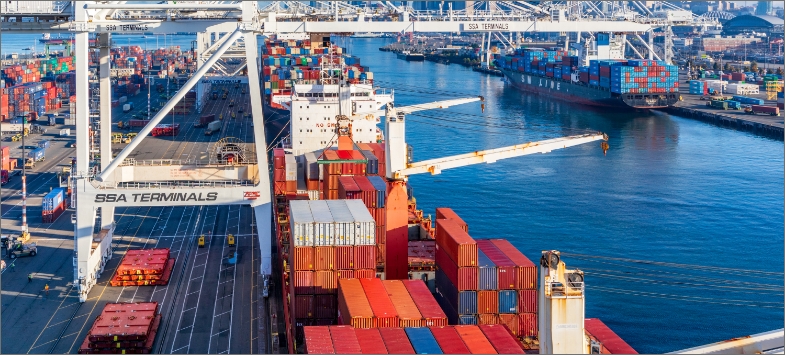

Ports
Oregon’s 23 public ports are critical components of the state’s multimodal freight transportation system. Its ports facilitate the movement of timber, agricultural products, and manufactured goods to regional and international markets. Each port faces unique challenges due to varying waterway conditions, surrounding transportation infrastructure, and goods shipped. The condition of port infrastructure varies from poor to good and ongoing maintenance continues to be a challenge. Funding boosts from the Infrastructure Investment and Jobs Act (IIJA) and the increased allocation to ports in the Oregon Department of Transportation’s Connect Oregon initiative are helpful, but the current backlog of needed upgrades and maintenance requires significantly more funding. Many ports are operating with facilities that are decades past their design lives and which need upgrading to accommodate the current and future larger next generation cargo ships designed to meet growing demands. Many ports also face significant resiliency issues and as such Oregon may not be able to effectively respond to disasters such as the Cascadia subduction zone earthquake.
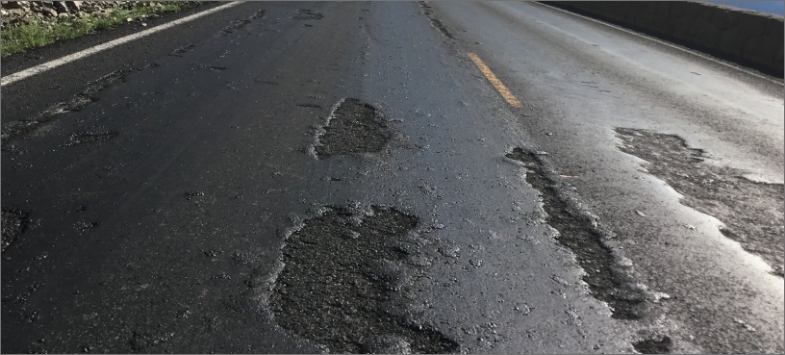

Roads
While Oregon’s public road system is considered well-functioning, recent data suggests that there is significant room for improvement. Oregon public agencies have nearly 80,000 public roadway miles to maintain to facilitate the safe transport of people and goods. Of the roadways in the state’s network, over 25% have Poor pavement condition, while local agency-managed roadways have less than 20% in Poor condition. This marks a decline in condition from the 2019 Report Card, when less than 10% of pavements were in Poor condition, despite average Vehicle Miles Traveled (VMT) remaining nearly the same. Emphasis on safety improvements is warranted, as the reported crash history on Oregon’s public roads from 2017-2021 indicates an average annual increase of 33 vehicular fatalities per year, while pedestrian fatalities increased by three per year on average. This increase has resulted in 599 deaths in 2021 compared to 439 deaths in 2017, representing a 36% increase in fatal crashes during this period. Investments into over 140 transportation projects over the last five years were initiated via House Bill (HB) 2017. As this funding expires, many public agencies across the state anticipate funding challenges in the near future. Swift action is needed by legislators and transportation agencies in order to address shortcomings in safety, preservation, and maintenance of roadway infrastructure, while also accommodating sustainability and equity concerns to achieve a better quality of life for all residents and visitors of Oregon.


Schools
Oregon has 197 K-12 school districts with 552,380 students in approximately 1,300 schools and over 2,000 buildings. Enrollment has decreased by 30,300 students, about 5.2%, since the pre-Covid-19 level in 2019-20. Management of K-12 education heavily relies on local control at the district level. A statewide facilities condition committee in 2014 reported a backlog of $7 billion in deferred maintenance at that time. While operational funding is equalized per student statewide, infrastructure capital funding for schools is mostly the responsibility of individual districts, which are dependent upon community support of bond measures. Significant differences exist across the State, which generally mirror regional household income data, in districts’ ability to pass construction bond measures. Oregon schools are often designated as emergency shelters for the public, but systematic assessments of their ability to serve this purpose after natural disasters, especially major earthquakes, is lacking. Some Oregon schools remain vulnerable to collapse or considerable damage due to a major earthquake.


Stormwater
There is great variability across the state in local jurisdictions’ ability to maintain and replace aging stormwater infrastructure. New regulatory requirements to protect stream health from the impacts of stormwater runoff are typically paid for by new development due to a shortage of other funding sources. This means innovative approaches such as green infrastructure for managing stormwater runoff are implemented in new communities, while neighborhoods and roads built before 1990 typically send their runoff directly to local streams without treatment or detention. The state has not invested in stormwater retrofits, leaving communities looking to individual ratepayers and federal funding sources to meet regulatory mandates to improve water quality. Most state agencies with a stormwater utility have populations greater than 3,000 and are located in the Portland Metro, Willamette Valley, and North Coast regions, where many have seen steady increases in their rates. However, despite rising rates, most agencies surveyed indicate a lack of sufficient funding for growing maintenance needs and a backlog of necessary system improvements. As a result, infrastructure failures and lack of maintenance often cause localized flooding in Oregon’s rainy climate and contamination impacting water quality, affecting drinking water sources and aquatic life.


Transit
Public transit is an essential component of life in Oregon, providing mobility for Oregonians who are unable to or choose not to drive, reducing congestion and greenhouse gas (GHG) emissions, and driving the economy. For every $1 invested in transit in Oregon, there is $4 in economic return. In 2023, the Portland Metro region alone saw 49.3M boarding rides on TriMet’s buses and light rail systems. While ridership across the state has not completely rebounded from pre-pandemic levels, TriMet’s ridership has grown steadily in the past few years. As demand for transit returns, agencies have struggled to operate and maintain their systems at pre-pandemic service levels due to agency and/or jurisdiction budget deficits, operator and supply chain shortages, inflation, fuel prices, and aging infrastructure. At the same time, an influx of federal funding has provided a lifeline for many agencies to make capital improvements and provide more frequent service and coverage.
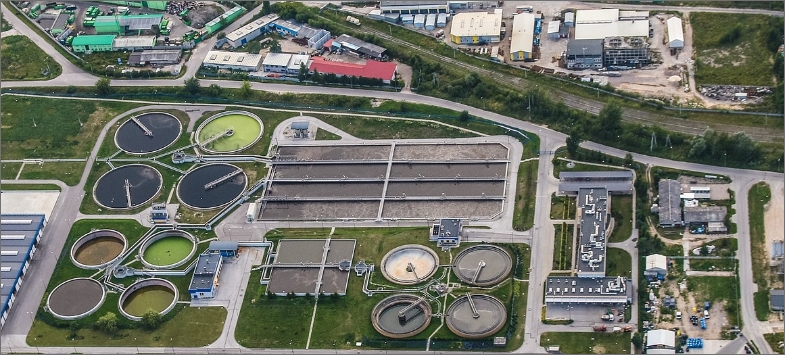

Wastewater
Oregon’s wastewater systems are burdened by aging infrastructure and growing capacity needs due to population growth, which, despite recent slowing, still demands continuous investment. Significant capital programs in the large metropolitan areas of the state are underway to address these issues, yet the total financial needs far exceed available funding. The DEQ regulates numerous treatment facilities, but over 30% of Oregonians use septic systems that pose health risks without proper maintenance. Smaller communities often face emergency repairs due to inadequate planning and funding, exacerbating costs. Federal funding through the Infrastructure Investment and Jobs Act has provided some relief, but workforce shortages hinder effective utilization. Seismic resilience remains a critical concern, especially in the Willamette Valley, where infrastructure is vulnerable to earthquakes. Innovations in project delivery methods offer some improvement, but long-term solutions require increased federal funding, better workforce development, and proactive maintenance planning to ensure public safety and system reliability.
State Fact Sheet
Download Fact Sheet
Aviation
$40.6 million in 2024 airport improvement grants across 7 major airports

Drinking Water
$10.1 billion total drinking water need

Transit
75.3 million passenger trips across 44 systems in 2023

Bridges
8,305 bridges, 4.6% of which were structurally deficient in 2024

Hazardous Waste
22 Superfund sites

Wastewater
$8.2 billion in total wastewater need

Dams
170 high hazard dams

Levees
363 miles of levees protect 39,300 residents.

Roads
28% of roads are in poor or fair condition

Connect with Your Legislators
Let everyone know how important it is that we continue to invest in the future of America’s infrastructure.
Take Action Today
